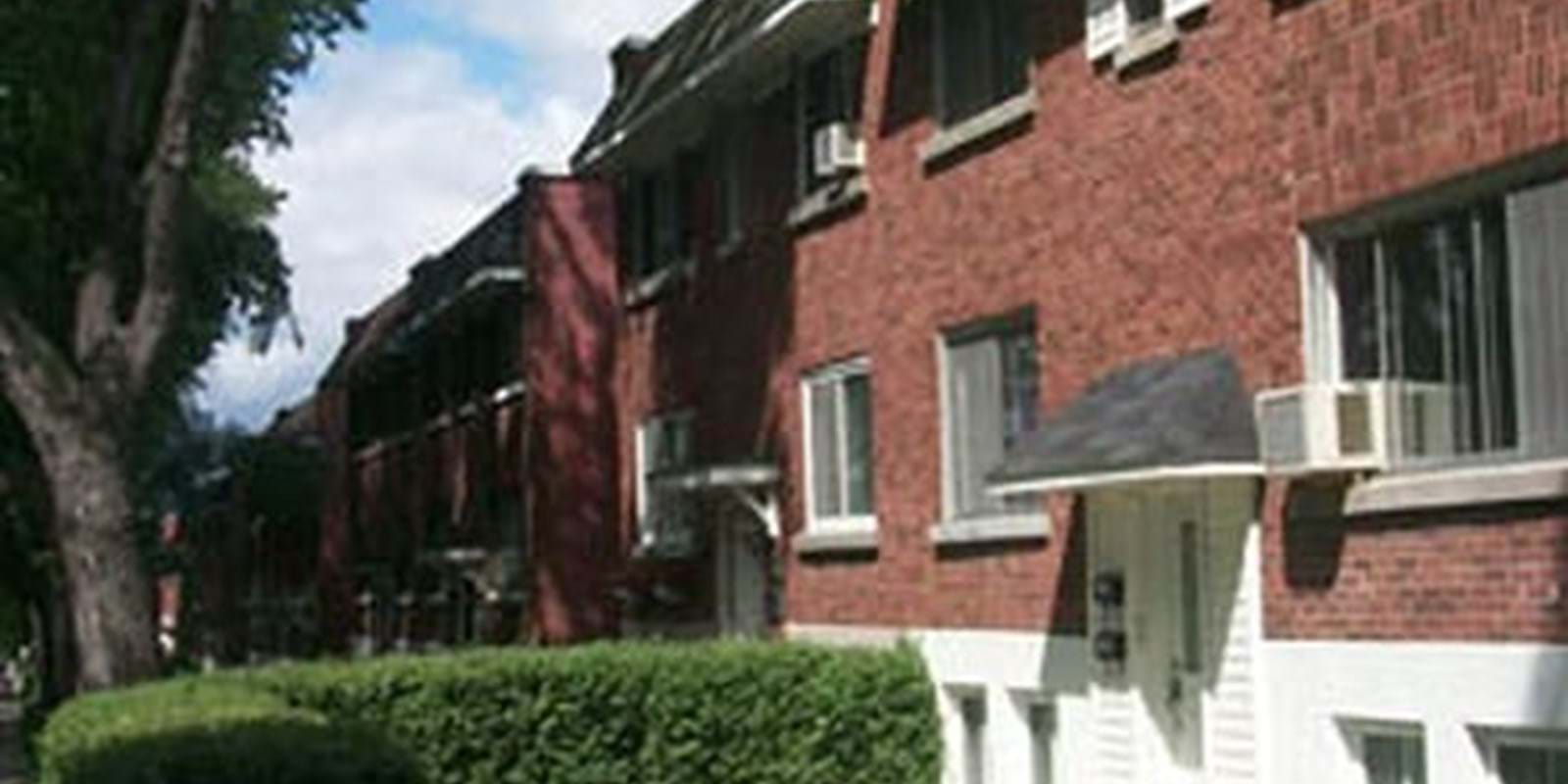High humidity and the presence of mold and its toxins in buildings can cause a variety of health problems.
Mold can develop after an isolated incident (a leaky roof, a broken pipe, an overflowing toilet or bath, flooding or water damage during a wind storm, etc.). It can also be gradual (poor caulking, doors and windows that have been damaged or need replacing, materials in the outside walls that are not water tight, blocked gutters, and so on). One thing is certain: it is important to get rid of mold in order to prevent health problems and structural damage to the building.
Contractors’ failure to comply with building codes can also lead to mold growth. For instance, there are numerous cases of condo buildings that had to be reroofed after only seven years. The contractor had directed air from bathroom vents into the attic instead of outside. The constant high humidity levels in the attic and condensation problems on structural surfaces during the winter resulted in extensive mold growth. The problems were detected after a number of owners complained about unusual health problems.
MOLD WARNING SIGNS
Mold can be detected by sight or smell. It can cause materials to discolor and stains to appear on the surface of ceilings or interior walls. But sometimes molds are hidden and can’t be seen (e.g. in wall, ceiling or floor cavities). A musty or earthy smell often indicates the presence of molds. Even when you don’t notice stains or a smell, dampness or evidence of a water leak are indications of moisture problems that could lead to mold development and growth.
PREVENTING MOLD
Here are the best ways to prevent or reduce mold growth, as recommended by CMHC.
-
Check your home for signs of moisture and molds.
-
Find out if water is coming in from the outside and if substantial moisture is produced inside the home.
-
Fix any water leaks promptly.
-
Think of the different ways moisture is produced inside the home (for example, cooking, bathing, plant jungle).
-
Remove moisture as soon as it’s produced by using exhaust fans. In the absence of fans, open windows for a short time, but note that the wind can push the moisture to other parts of the home.
-
Measure how much moisture is in the air. Relative humidity in the home should be under 45 per cent in the winter (or lower to avoid condensation on windows). If necessary, use a dehumidifier to lower the relative humidity.
-
Reduce the amount of stored materials, especially items that are no longer used. Molds grow on fabrics, paper, wood and practically anything that collects dust and holds moisture.
For further information, visit the CMHC website at cmhc-schl.gc.ca.
In collaboration with JEAN-JACQUES FOURNEL – safety expert
Warning
The information in this fact sheet is of a general nature and is provided for information purposes only. It is not exhaustive.
Together, The Personal and the Quebec Landlords Association give you exclusive group rates and customized coverage for apartment building owners.
GET YOUR EXCLUSIVE GROUP RATES
thepersonal.com/business-apq or 1 800 268-3063
The Personal refers to The Personal General Insurance inc. Certain conditions apply.

